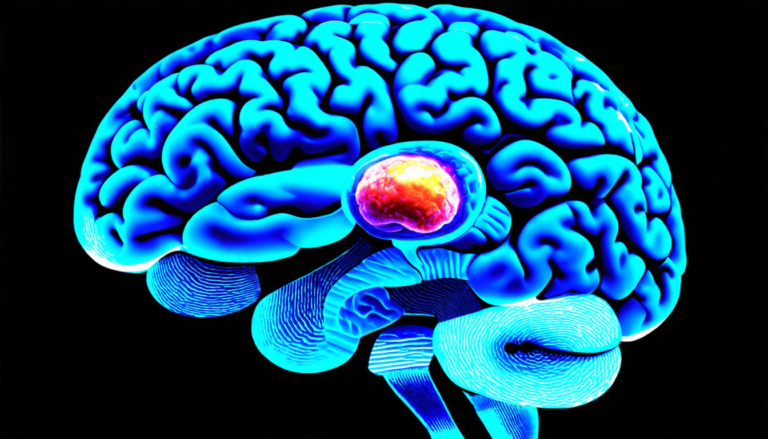Wednesday 16 April 2025
Artificial intelligence has come a long way since its inception, but one of the biggest hurdles it still faces is energy efficiency. As AI systems become more widespread and powerful, they’re also becoming increasingly hungry for power. This isn’t just a problem for data centers and servers – it’s also a major issue for edge devices like smartphones, smart home devices, and autonomous vehicles.
Enter neuromorphic computing, an approach that draws inspiration from the human brain to create computers that mimic its efficiency and energy conservation techniques. Neuromorphic chips are designed to process information in a more distributed and parallel manner than traditional CPUs, which allows them to handle complex tasks while using significantly less power.
One of the most promising neuromorphic chips on the market is the Akida processor from BrainChip. Developed specifically for edge AI applications, Akida uses a combination of analog and digital circuits to mimic the behavior of neurons and synapses in the human brain. This allows it to perform complex tasks like image recognition, object detection, and natural language processing while using remarkably little power.
To test the limits of Akida, researchers recently put together an edge AI system that used the chip to perform a range of tasks – from classifying images to recognizing spoken commands. The results were impressive: the system was able to achieve high accuracy and speed while consuming less than 250 milliwatts of power, which is a fraction of what traditional AI systems would require.
One of the key advantages of Akida is its ability to perform on-chip learning, which allows it to adapt to new situations and tasks without needing to be reprogrammed or retrained. This makes it ideal for applications like autonomous vehicles, where the system needs to be able to learn from its environment in real-time.
The potential applications of Akida are vast and varied. For example, it could be used to create smart home devices that can recognize and respond to voice commands without needing a constant internet connection. It could also be used to enable more advanced autonomous vehicles that can learn from their environments and adapt to changing situations on the fly.
Of course, there are still many challenges ahead for neuromorphic computing and AI in general. But with chips like Akida leading the way, it’s clear that we’re making progress towards a future where AI is both powerful and energy-efficient.
Cite this article: “Neuromorphic Edge AI: A New Frontier in Efficient Inference and On-Chip Learning”, The Science Archive, 2025.
Ai, Neuromorphic Computing, Energy Efficiency, Akida Processor, Brainchip, Edge Ai, Image Recognition, Object Detection, Natural Language Processing, Analog And Digital Circuits.







